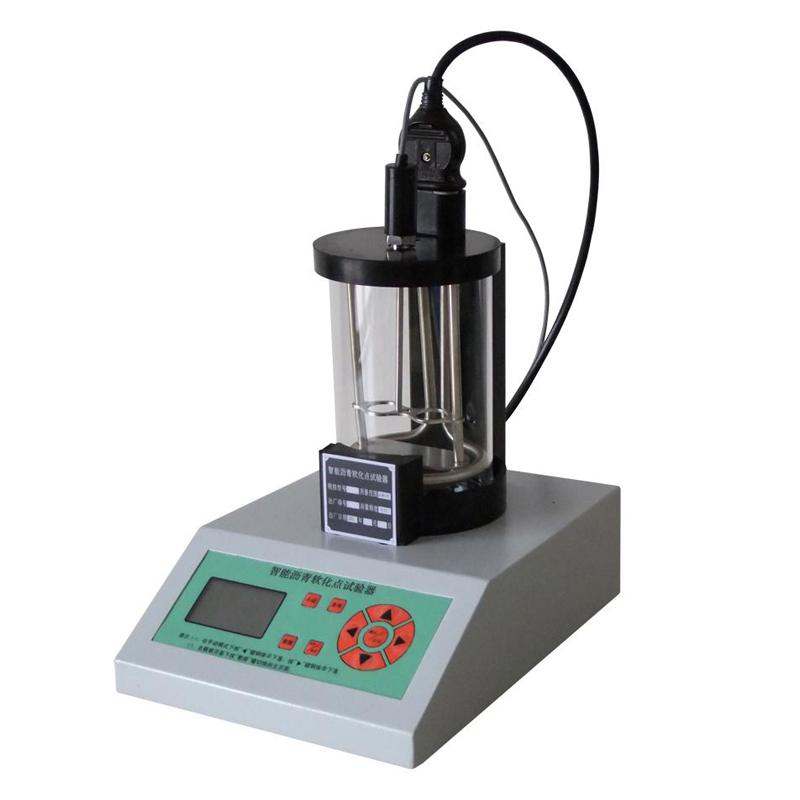Determination of softening temperature of powder coatings
Softening temperature is a key parameter in the coating industry. It describes the temperature at which the powder coating begins to melt and therefore directly affects the application and performance of the coating. This article will take an in-depth look at the softening temperature, how it is determined and why it is so important for powder coatings.
Definition of softening temperature
Softening temperature refers to the temperature at which the powder coating begins to melt. Different powder coatings have different softening temperatures depending on their composition and manufacturing process. This temperature is an important indicator of the performance of the paint, as it can indicate in which temperature range the paint is more stable and effective.

Determination of softening temperature
The determination of softening temperature has been described in detail in GB6554-2003, and the Kofler hot plate method is recommended. The following are the basic steps of this method of determination:
Materials and instruments
The main use of the Koffle hot plate, this hot plate is able to ensure that there is a temperature gradient from one end to the other when heating, usually from room temperature to 300°C. The hot plate is equipped with a temperature scale to indicate the temperature at each point, which can be corrected by using substances with known melting points, such as azobenzene, naphthalene and benzoic acid.
Determination of softening temperature of powder coatings
Determination method
① Sampling: Sampling according to the standard sampling method, only a small amount of powder sample.
Heat for more than 40 minutes until the hot plate temperature reaches equilibrium. Select a known melting point substance close to the melting point of the material to be tested to check the temperature scale.
② Apply a small amount of the sample to be tested on the hot plate to form a thin and narrow powder strip. After about 1 minute, brush the unmelted powder from the high temperature side to the low temperature side. Then adjust the pointer to the position where it begins to melt, and this temperature is the softening temperature.
③ Repeat the above steps three times for parallel determination.
Result representation
The median of the three measurements is used as the final result, and the other two values are listed. The result is measured in °C.
The importance of softening temperature
Softening temperature is not only a standard to evaluate the quality of powder coatings, but also directly affects the use and effect of coatings. A too low softening temperature may mean that the paint will melt and deform quickly at high temperatures, while a too high softening temperature may make the paint difficult to apply at room temperature.
In addition, by understanding the softening temperature of powder coatings, manufacturers can better select the right application areas and markets for their products, while helping users understand under which temperature conditions the coating is most stable and effective.
Determination of softening temperature of powder coatings
Softening temperature is very important for the production and application of powder coatings. Not only can it be used as a standard to assess product quality, it can also provide valuable information to manufacturers to help them better position and market their products. The Kohl hot plate method provides us with an accurate and effective method to determine the softening temperature, which ensures that we can accurately understand and control the performance and application of powder coatings.
